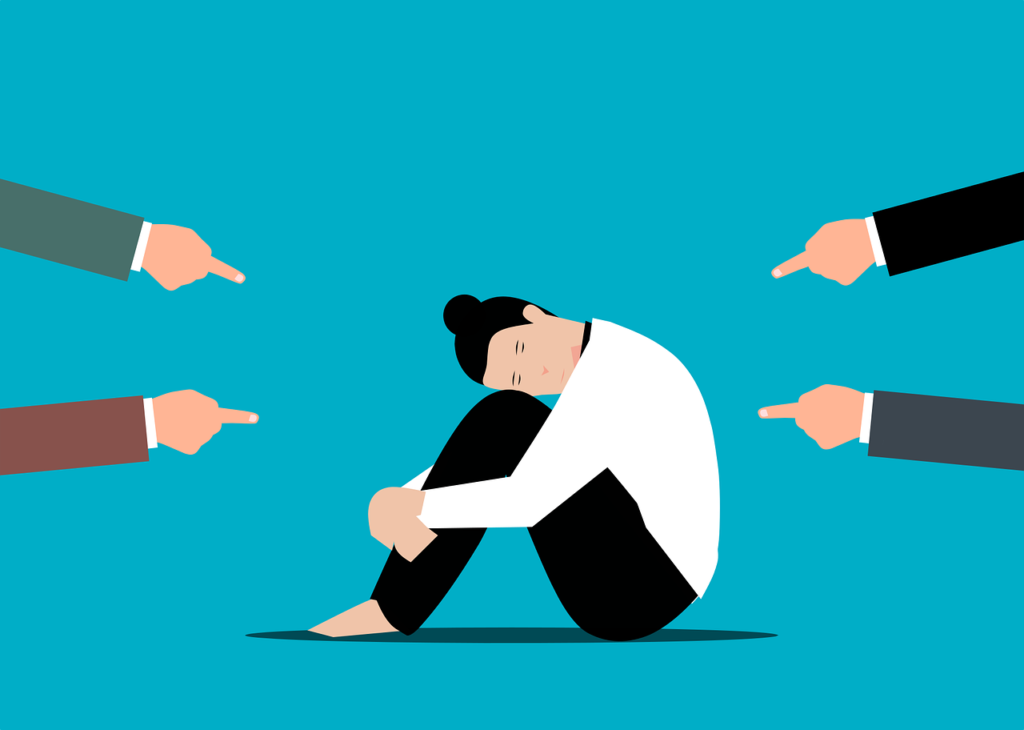What Is Social Anxiety Disorder?
Many individuals with ADHD have a co-concurring condition such as anxiety and / or depression. Social anxiety disorder (SAD) is one of the most common of these conditions. SAD is associated with an intense and debilitating fear of some or most social situations. People with SAD often fear that they are going to be negatively judged by others and will become embarrassed in specific social settings.
According to the National Comorbidity Survey Replication, 47% of adults with ADHD have an anxiety disorder—approximately 30% have SAD, specifically. It is still not clearly understood why ADHD and SAD co-occur in some people and not in others.
However, people with ADHD already struggle with understanding social cues and dealing with emotions and are especially vulnerable to social anxiety.
The Symptoms of SAD
Below are some of the symptoms you might experience with SAD. The symptoms can be dependent on context. Thus, some individuals might exhibit symptoms in only one type of situation, while others might experience multiple symptoms in various social situations. Note that in some cases, these symptoms can overlap with or mirror those of ADHD.
- Being self conscious in front of other people
- Having an intense fear that others will judge you
- Worrying for days or weeks before an event
- Avoiding situations that require social interaction
- Feeling intensely uncomfortable in a social situation
- Keeping conversation with others to a minimum
- Difficulty making or keeping friends
- Experiencing panic attacks, including shaking, blushing, nausea or sweating, when in a social situation
- Difficulty talking to others
The Roots of SAD
People with ADHD are susceptible to emotional contagion – the tendency to absorb, catch, or be influenced by other people’s feelings. This can be an overwhelming experience that cannot be easily bypassed. Emotional dismissal can be crippling.
We have neural circuits which distinguish whether external stimuli are safe or dangerous. Specific areas of the brain evaluate these stimuli to determine an impression of safety and trust when we are in social situations. For example, at a subconscious level, you may immediately feel dysregulated (anxious) and disconnected from people at an event. Dysregulation can then trigger survival mode thinking resulting in socially anxious thoughts and an increased sense of self-focus. These thoughts may show up as, “Am I doing or saying the right thing?” or “Am I enough?” (interesting/funny).
Techniques for Controlling SAD
There are no clear or published guidelines on how to treat co-occurring ADHD and SAD. Only after your doctor determines how your anxiety functions can they develop the best treatment plan to meet your needs.
For instance, if your social anxiety and ADHD are functioning independently of one another, your doctor may decide to treat both conditions simultaneously. Or they may choose to treat whichever condition is causing you the most problems first before moving on to the other condition. Typically, treatment involves medication and / or therapy.
If you have ADHD and SAD, some additional steps you can take to help control it, include:
- Learn to embrace your authentic self (e.g., checking in with what you feel and need at any given moment in time) to foster a genuine connection with yourself and others.
- Engage in activities that are rhythmic and/or involve movement are beneficial to completing stress cycles to help the body move out of survival-mode thinking.
- Take the time to rest and recharge. There are many different types of rest, including sensory rest, creative rest, emotional rest (having the time and space to freely express how you feel), and social rest.
- Practice being mindful of your emotions in a curious and nonjudgmental manner allows you to change how you pay attention to an emotion and sets the framework for managing distress in a healthy way.
References
- https://www.psychologytoday.com/us/blog/functional-legacy-mindset/202210/adhd-bottom-triggers-social-anxiety
- https://www.simplypsychology.org/the-relationship-between-add-and-sad.html
- https://www.additudemag.com/slideshows/social-anxiety-disorder-in-adults-with-adhd/
- https://www.verywellmind.com/the-relationship-between-add-and-sad-3024754




Norman Ridenour
So much here I did not know. At age 84 so much of this was just not accessible to me when I needed it. Plus treatment was economically out of reach. I would force myself into situations; parties, presentations, meetings where I just HAD TO cope. I have been, naval officer and a very good TFL teacher but there I had position as support.